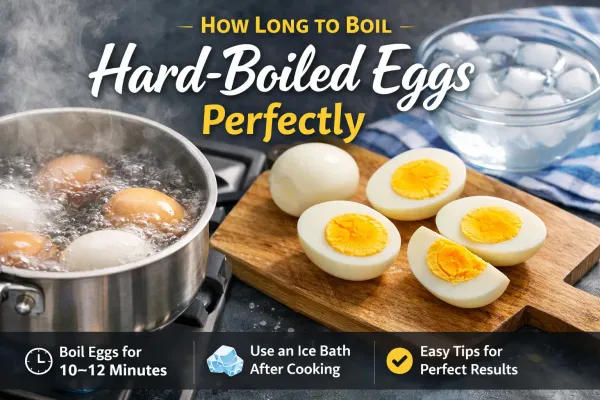How to choose a computer? 8 Amazing tips

If you want to buy a computer, never stop your choice on a ready-made solution, i.e. Do not buy a complete system unit that flaunts in a shop window, especially a large supermarket. Moreover, it is better to buy a computer in a specialized store, and not in the place where computers, vacuum cleaners, and washing machines are sold.
A finished computer purchased at a supermarket is like a used car after a major overhaul, purchased at a hardware store in the Other department. When buying an expensive car, you turn to dealers or go to the manufacturer’s website, where you order all the necessary options for yourself, based on your own preferences. This is the only way to invest money wisely and get what you want.
Very often, an already assembled computer may have components that can work together, but their maximum capabilities will not be involved. For example, the video card supports the PCI Express x16 bus, and the motherboard only x8, and this is a case from real life. In addition, the system unit can be stuffed with unnecessary components (backlight or a Wi-Fi receiver, despite the fact that the Internet router is led directly to the location of the system unit) or equipped with an absolutely stupid model of components, for example, assemble a system unit based on the case, the power supply in which will be located in the front part, while the fan of the power supply will not release hot air but to the central part of the system unit (even this happens). In general, such computers are not built “with love”.
When choosing a place to purchase a new computer, it is better to look at a small specialized store of computer equipment.
But at the very beginning, answer your question, why are you buying a computer?
- For work that does not have significant hardware requirements.
- Do you want to play the latest games or do 3D modeling?
Of course, it’s not worth buying complete junk, especially the processor, but throwing money into the void also makes no sense.
What to look for when choosing a computer
- Body. If the computer is a gaming computer, the case is recommended to take ATX, it is larger in size, but any motherboard (both ATX and microATX) will fit it. The manufacturer should not be determined much, the main thing is that the case should be liked externally, be inexpensive, have conveniently located power, reset, and USB outputs on the front panel.
- The power supply unit. It is powerful (a store employee will determine sufficient power), heavy, having a button on / off. It is better if the fan is located at the bottom of the power supply, and not at the back (such a fan is large and will make less noise, having a lower rotation speed). A power supply of a little-known Chinese manufacturer is allowed. The more wires and cables for different interfaces, the better. Motherboard power 24 pin (20 + 4 pin).
- The motherboard should be Asus, MSI or Gigabyte, everything else is at your own peril and risk. A newer version of the chipset is welcome. The more slots for RAM and the higher its maximum supported size and frequency, the better. The number of USB 3.0 or 3.1 outputs has similar requirements: more is better. It is recommended to read reviews about the motherboard on the Internet (Yandex.Market to help), including about the quality of the sound card. When choosing a budget motherboard, clarify about the presence of an integrated video card, so you can save money by not buying a discrete (external) video card at all (for the office version of the system unit). New processor models may also have an integrated graphics card, so we make a choice, gentlemen. SATA and PCI Express interfaces must have the latest versions (SATA 3.2, PCI Express 3.0 x16).
- Processor: Intel or AMD? We take the optimal price/performance ratio, prompt in the store + read reviews. For laptops, Intel is better, in addition, Intel processors are better optimized for new games. However, the choice of Intel is not always justified, since the price tags can go off the scale. AMD is good, better for multi-threaded applications, cheaper. In addition, the platform for AMD processors is usually more promising in terms of subsequent upgrades. When choosing AMD, we pay attention to power consumption, less is better. Processor performance will be higher if it has more cores, a higher clock speed, a larger cache size at all levels (1st, 2nd, 3rd), and a more modern architecture. When choosing Intel, we take a processor that supports Hyper-threading technology.
- RAM. The larger the volume and the higher the frequency, the better. In relation to the manufacturer, we read reviews. For gamers: do not forget about the dual-channel mode.
- HDD. We ask sellers, read reviews. For a hard drive, reliability and quiet operation are a very important indicator (it can be annoying when the HDD is making noise or cracking). SSD or HDD, determined on the basis of finance.
- DVD-RW drive will not be superfluous. When choosing a DVD-ROM drive, you should not strain your brain, the main thing is the color combination with the case.
- Video card. The approach is almost the same as when choosing a processor: price / (performance (frequency) + memory size (gigabytes)). We choose the last type of memory that exists on the market, at the moment it is GDDR5. Bus width at least 128 bit, PCI Express 3.0 x16. Number of CUDA cores: more is better. We take into account the power consumption of the video card.
The computer does not have to be the best, it should become the most suitable for your needs at the lowest possible price.





